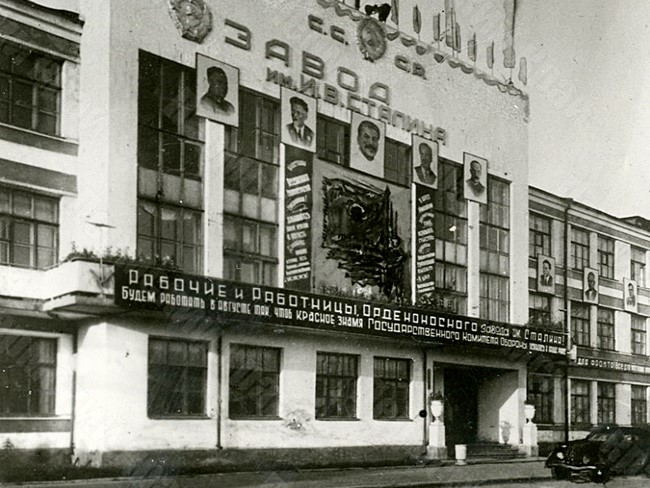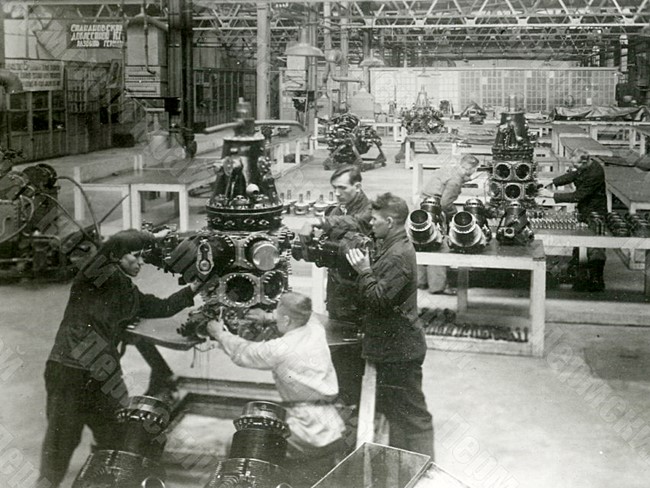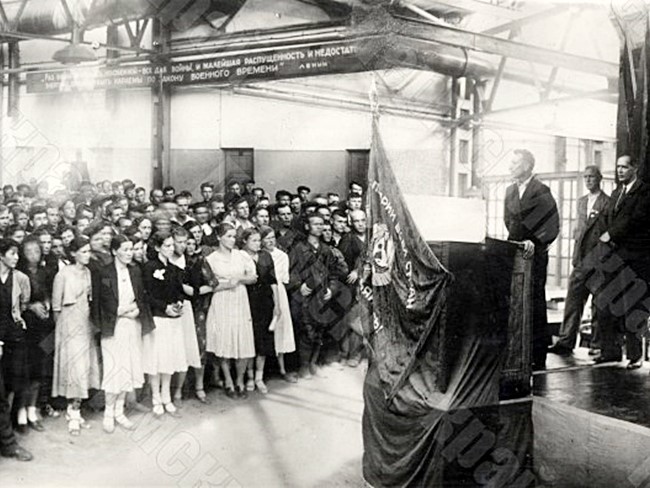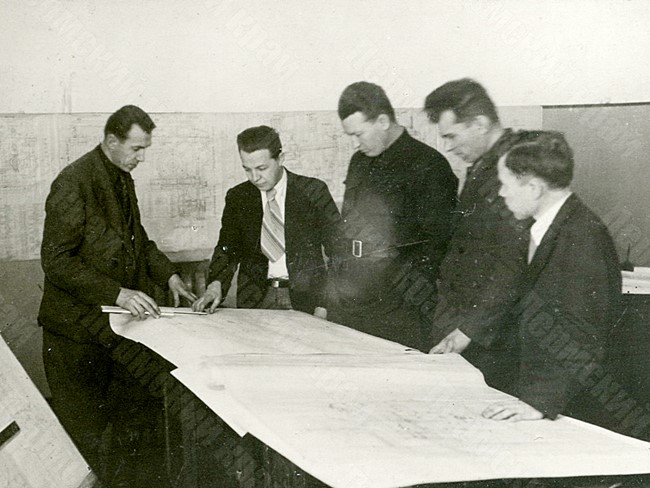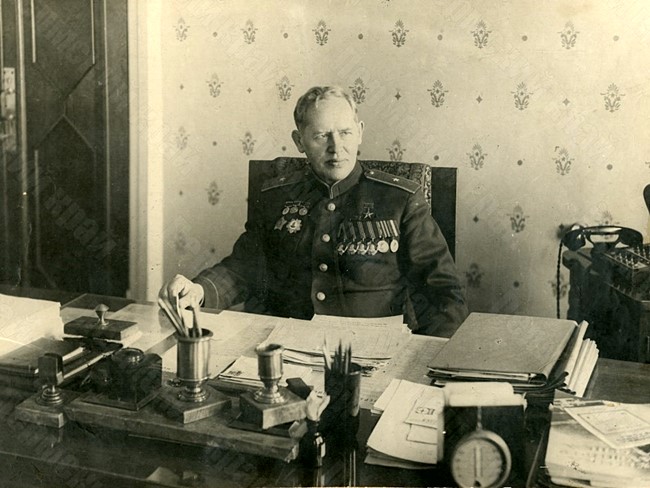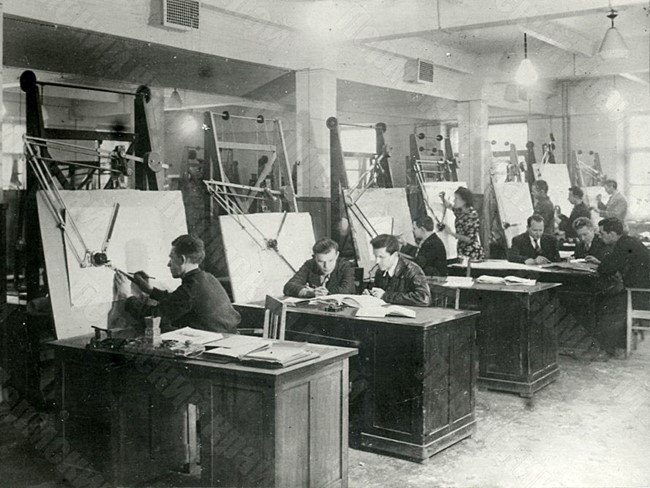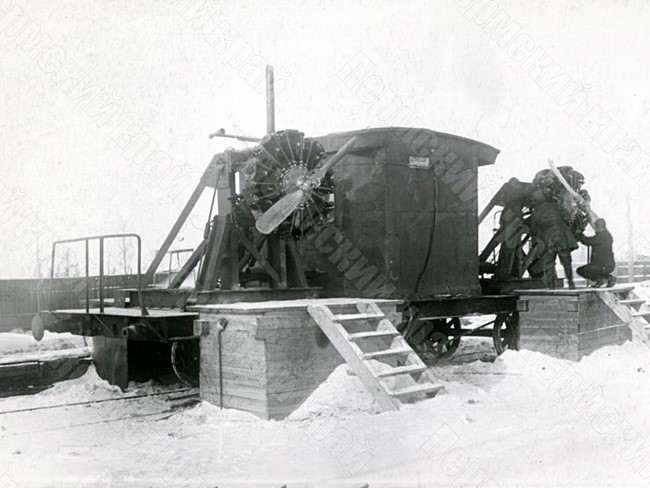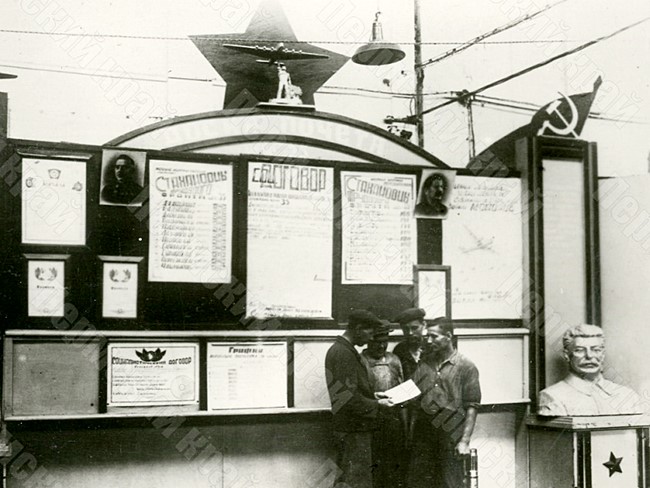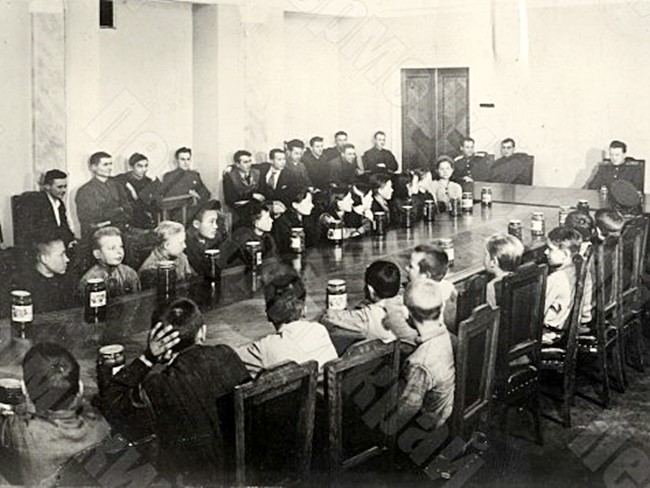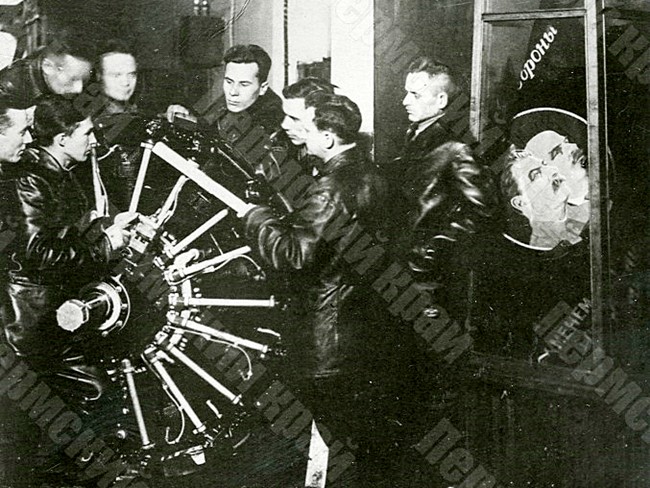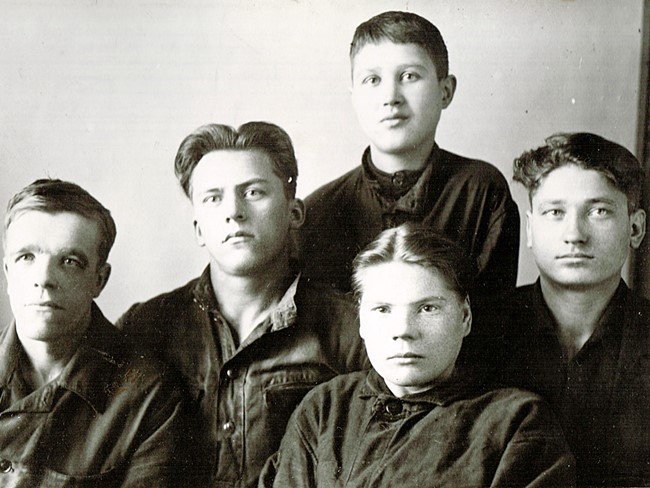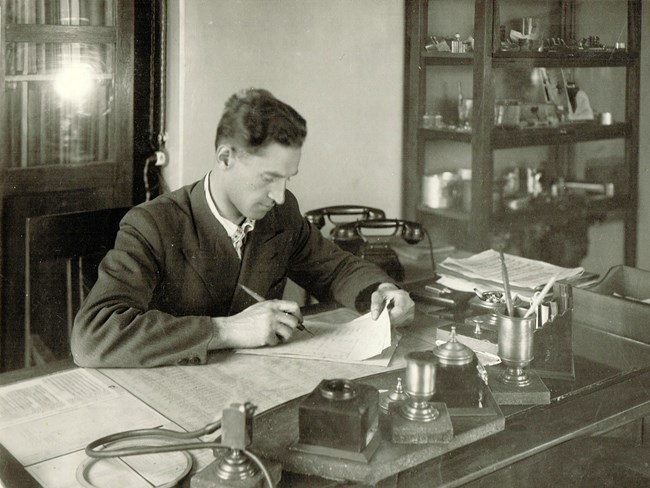Personal Stories
The Story of Teenage Girls at the Stalin Plant
In the summer of 1944, the youngest worker, a 10-year-old Zoya Alikina, began to work at the Stalin Engine-Building Plant No.19. Her father was killed in the war, and her mother died of illness in 1942. Before her death, she gave her daughter a doll, which Zoya did not part with, even when she went to work. At the plant she was hired to work as a delivery girl in the 10th workshop. The girl was small and thin. While she was looking for the building of her workshop, the adults lifted her up so that she could look into the windows to recognize it. Having looked at the little girl, the foreman wanted to send her to an orphanage, but Zoya said that she would rather die than go there. She was allowed to work at the plant.
At work, the girl was so tired that she did not even have the strength to wash. She came home and slept from shift to shift. Once her favorite doll disappeared, and the girl cried a lot. The foreman offered to buy another one, 20 times better. But Zoya said she did not need another doll, because that one was a gift from her mother. Since then, after the war, she has been given a doll each year on Victory Day.
The teenagers came to the plant for different reasons, each of them had their own story. Young people were recruited to the factories from all over the country. Aleksandra Belyaeva lived and studied in the Vologda region. 30 kilometers from the village to the station, mothers accompanied their children to the train station. Someone said that in the distant Urals, winter is 12 months a year.
During the war, Zinaida Generalova studied at a vocational school at the Stalin Engine-Building Plant No.19. As she recalls, the girls lived in rooms for 14-15, and sometimes 20-25 people. They had only beds and bedside tables. Boys lived in the neighboring wooden barracks. The harsh times helped them become close together, they behaved decently, did not swear, did not bully, were well brought-up.
During the war, children of different destinies were gathered in “yungorodok” - accommodation settlements for young people. The life of Zoya Khanova, who came to the plant from the village of Karagai, turned out to be difficult. They did not want to let her go from the collective farm as she was a tractor driver, but living with her stepmother was not sweet. Even today it is hard for her to remember those years when in her own home she did not feel at home. The plant helped - at first she was admitted to workshop No. 34, but not for long: there she was supposed to carry pistons weighing 16 kilograms each. Then Zoya was transferred to workshop No. 36 producing small and medium parts, where she worked until her retirement.
Zoya recalls that during the war they worked seven days a week, without days off, from 12 to 24 hours, at night they desperately wanted to sleep. To cheer up, she did several circles around the shop. Hands froze to the machine because of cold weather. They lacked literally everything - warmth, sleep, food, clothing. They wore sweatshirts and short pants, instead of shoes they were given "pieces of wood" - sandals with wooden soles and a canvas top.
In those "pieces of wood" Zoya once went home to Karagai. Her shoes got wet so she had to take them off and go barefoot. And then her jacket was stolen. She traded her ration card for a boy's coat, and wore it for a very long time. There was almost nothing to eat, they were bloated from hunger. At the plant, workers were given 700 grams of bread a day and stew. In large bottles in the corridors of the “yungorodok” there was an infusion drink from fir trees, but young people did not like its taste - it was bitter, albeit rich in vitamins.
Yungorodok of the Engine-Building Plant took the place of home and family for the teenagers, where they made first friends, met their first love, it became a ticket to adulthood.
The documentary “I remember. Yungorodok".
Nytva
Molotov (Perm)
Solikamsk
